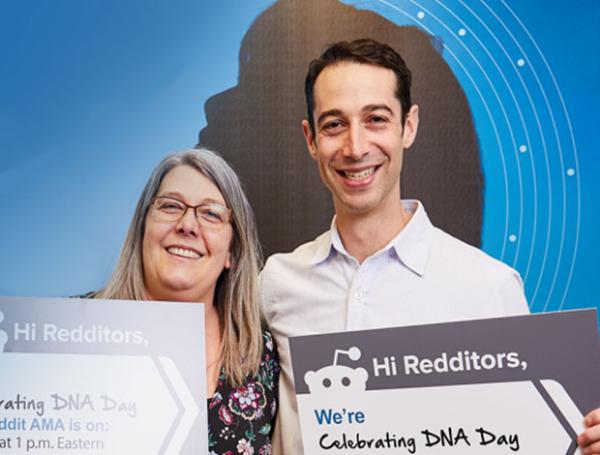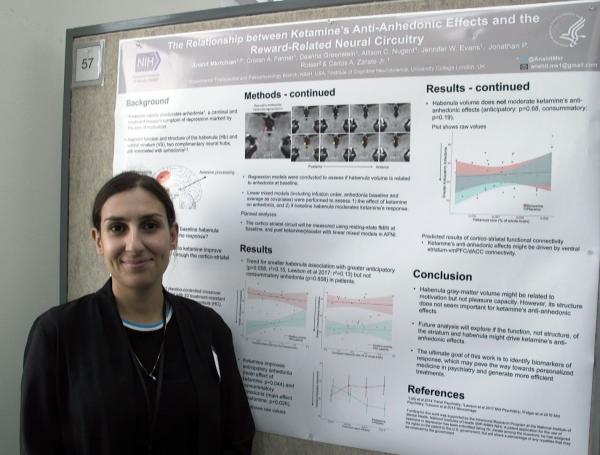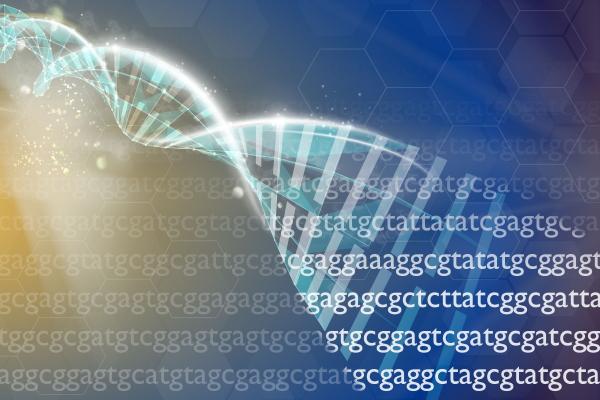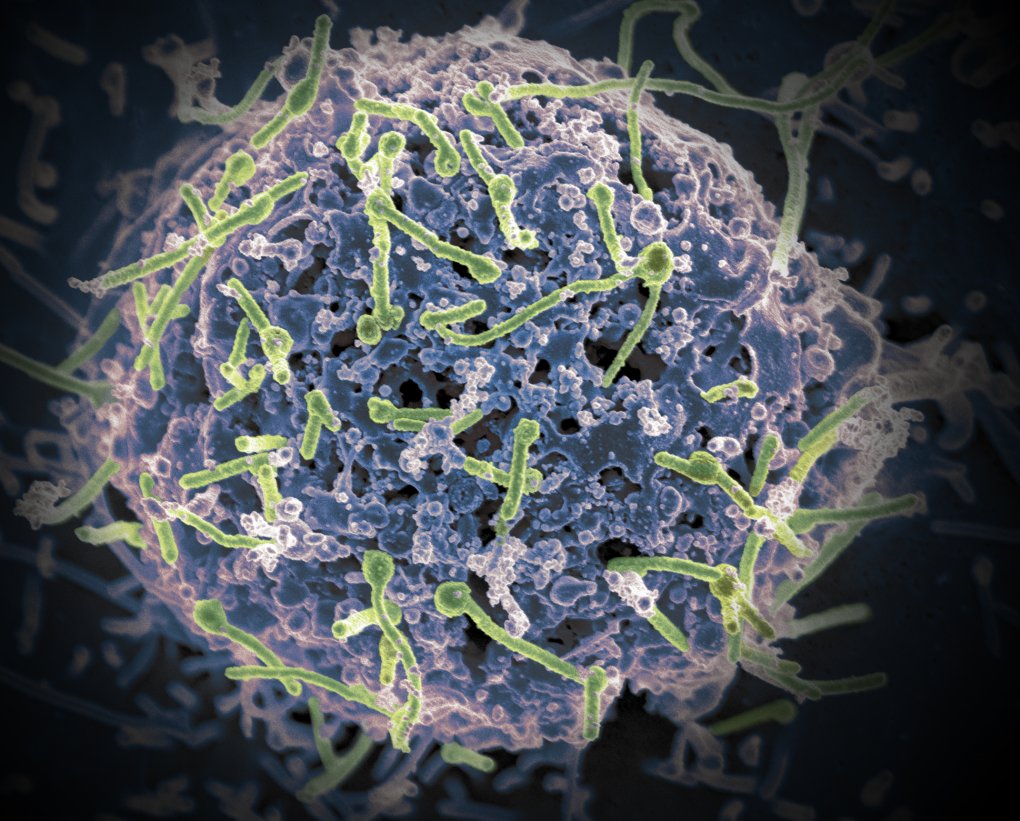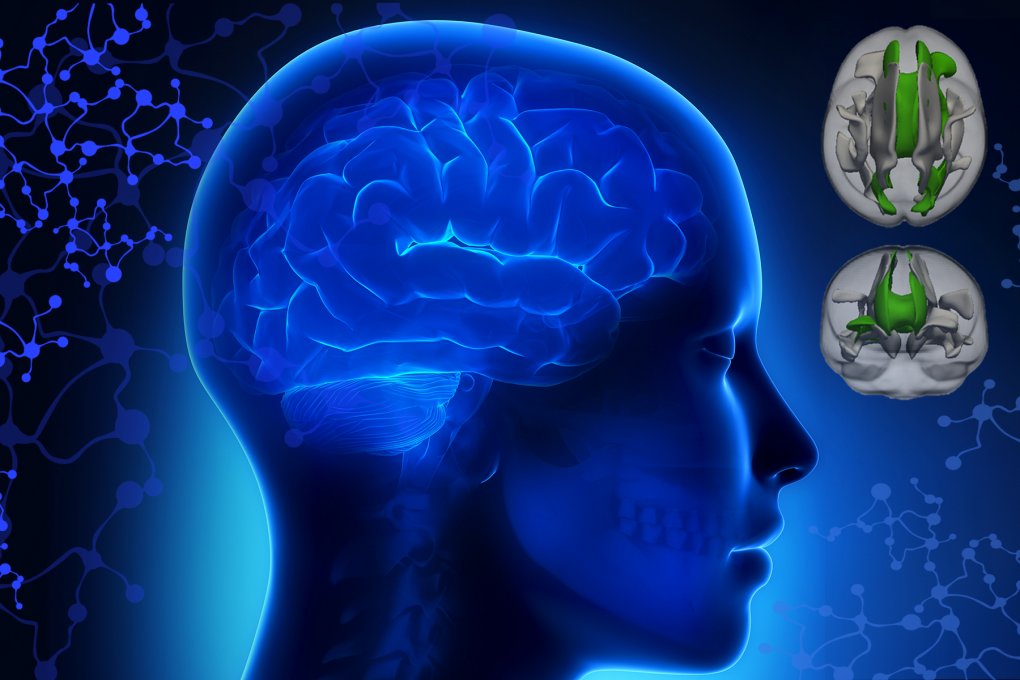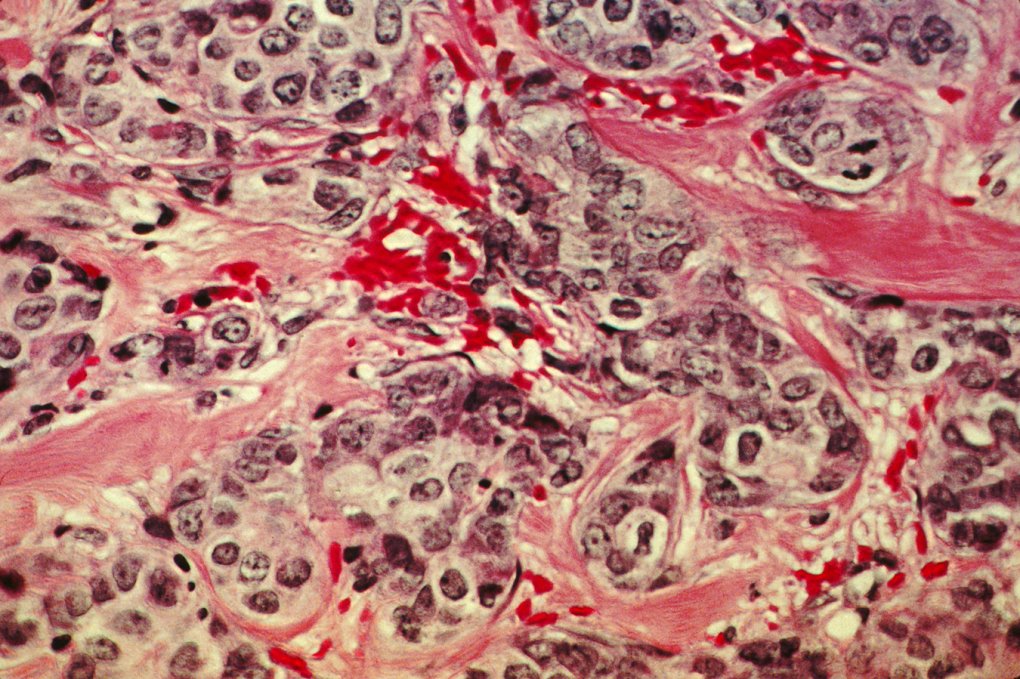IRP Investigators Answer Burning Genetics Questions
DNA Day Reddit “Ask Me Anything” Prompts Rousing Discussion
Each year on April 25, we celebrate National DNA Day, which commemorates the completion of the Human Genome Project in 2003 and the discovery of DNA's double helix in 1953. On this day students, teachers, and the public learn more about genetics and genomics. In honor of DNA Day this year, on April 24, the NIH IRP partnered with the NIH's National Human Genome Research Institute (NHGRI) to host a Reddit "Ask Me Anything" (AMA) with three experts on the many ways that advances in the genomic sciences are changing our lives.

